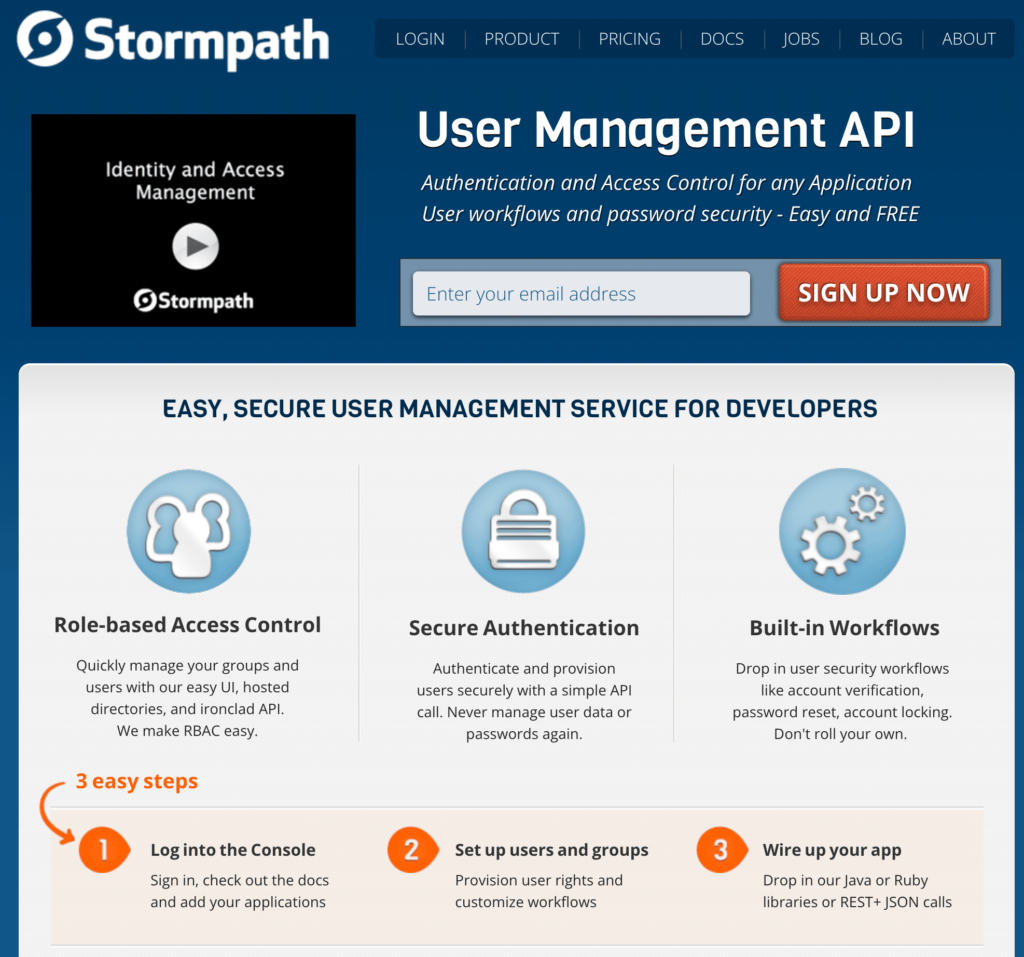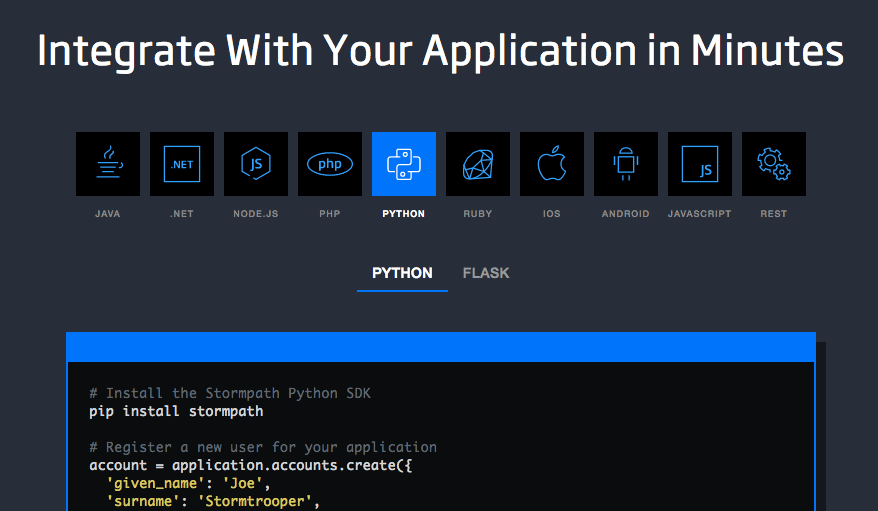Ever had a boss tell you no, but you did it anyway?
There are a lot of ways that can go poorly, but this is a story of one that worked out for my friend, Alex.
(If it sounds familiar, perhaps you read it in my book, Technical Content Strategy Decoded)
10+ years ago, Alex was the founder and CEO of a small startup, authentication provider StormPath. When resources are constrained, you have to say no to most things. Alex was used to this.
A former engineer, Alex knew it was important to speak the language of their audience. StormPath supported five programming languages even in its early days. Then Alex hired Randall, the company’s first developer advocate. Randall took one look at the documentation and had an uncomfortable recommendation: five languages is not enough.

StormPath circa 2013
Randall wanted to support developers with software frameworks, abstractions that provide repeatable functionality. Each programming language has at least a couple popular frameworks, often more.
Alex did the math: Five programming languages, multiplied by several frameworks for each, means the company would need to maintain 15 or more different interfaces to its product.
For a startup that hadn’t yet achieved traction, it was an easy decision.
“No way,” said Alex.
What happened next gives us a glimpse into how a technical audience thinks.
Randall, in addition to being an employee, was a member of the company’s target audience. Sometimes, the best way to understand an issue is by tinkering with it. That DIY instinct is strong, and Randall was feeling it.
Over a weekend, Randall experimented with Flask, a lightweight framework for Python that had recently become popular. In fact, Randall integrated StormPath with Flask, released the code on GitHub, and published a blog post about the project.
CEO Alex, still thinking about the maintenance and distractions, was furious.
Until he saw the analytics.
Randall’s blog post quickly became their most popular, and their technical audience starred the GitHub repository—a sign of interest.
In retrospect, Alex points to this moment as a turning point for the company. Finding the precise language of their audience became the most significant contributor to StormPath’s growth.
By the time StormPath was acquired by identity and access management company Okta, the company’s documentation supported 20 combinations of languages and frameworks.

When StormPath discovered how to communicate with its audience, it improved every product metric. They saw engagement increase, higher activation rates, and even better retention of those trying out their product.
These could be your results if you better understand your technical audience. There are lots of ways to do that. One is to have EveryDeveloper help.